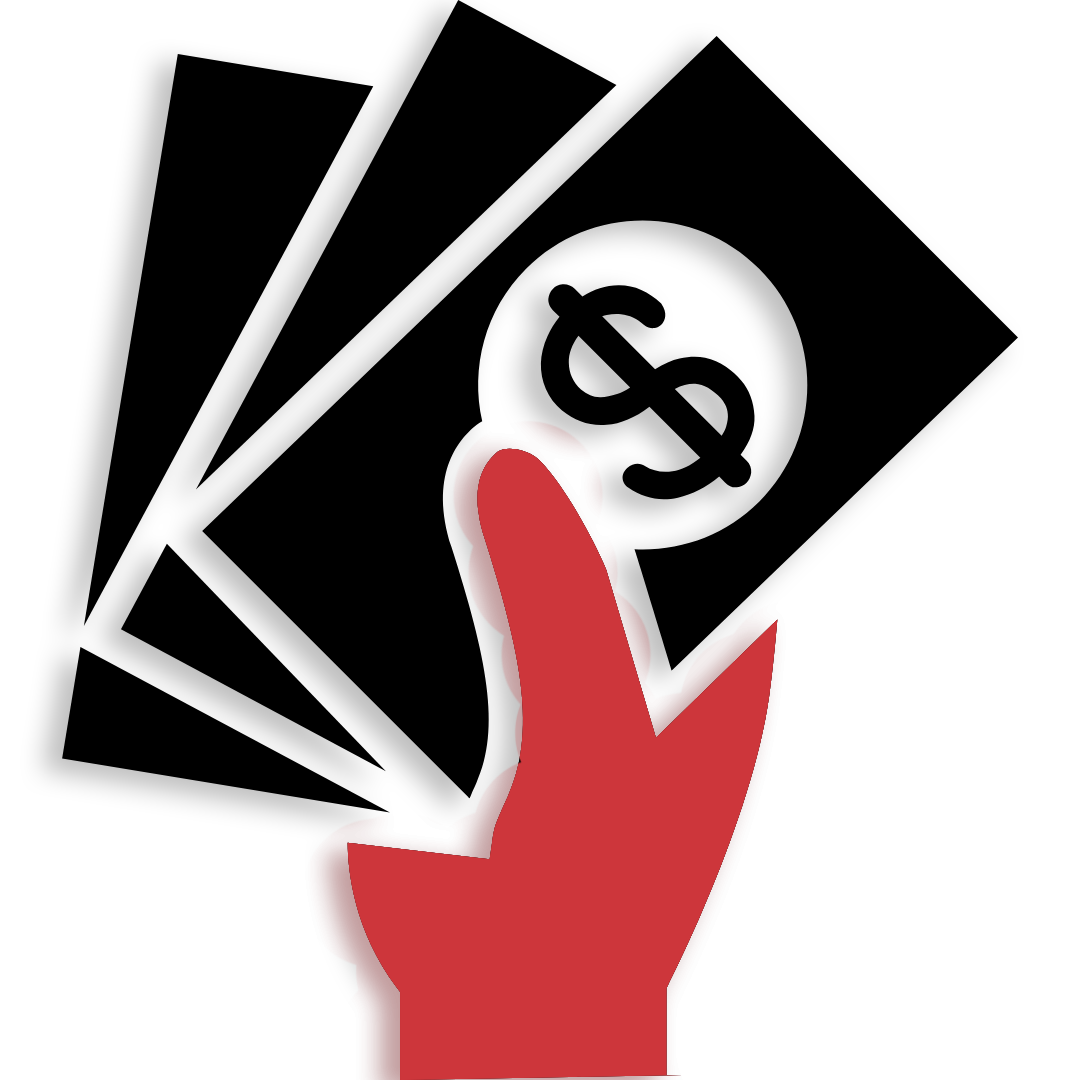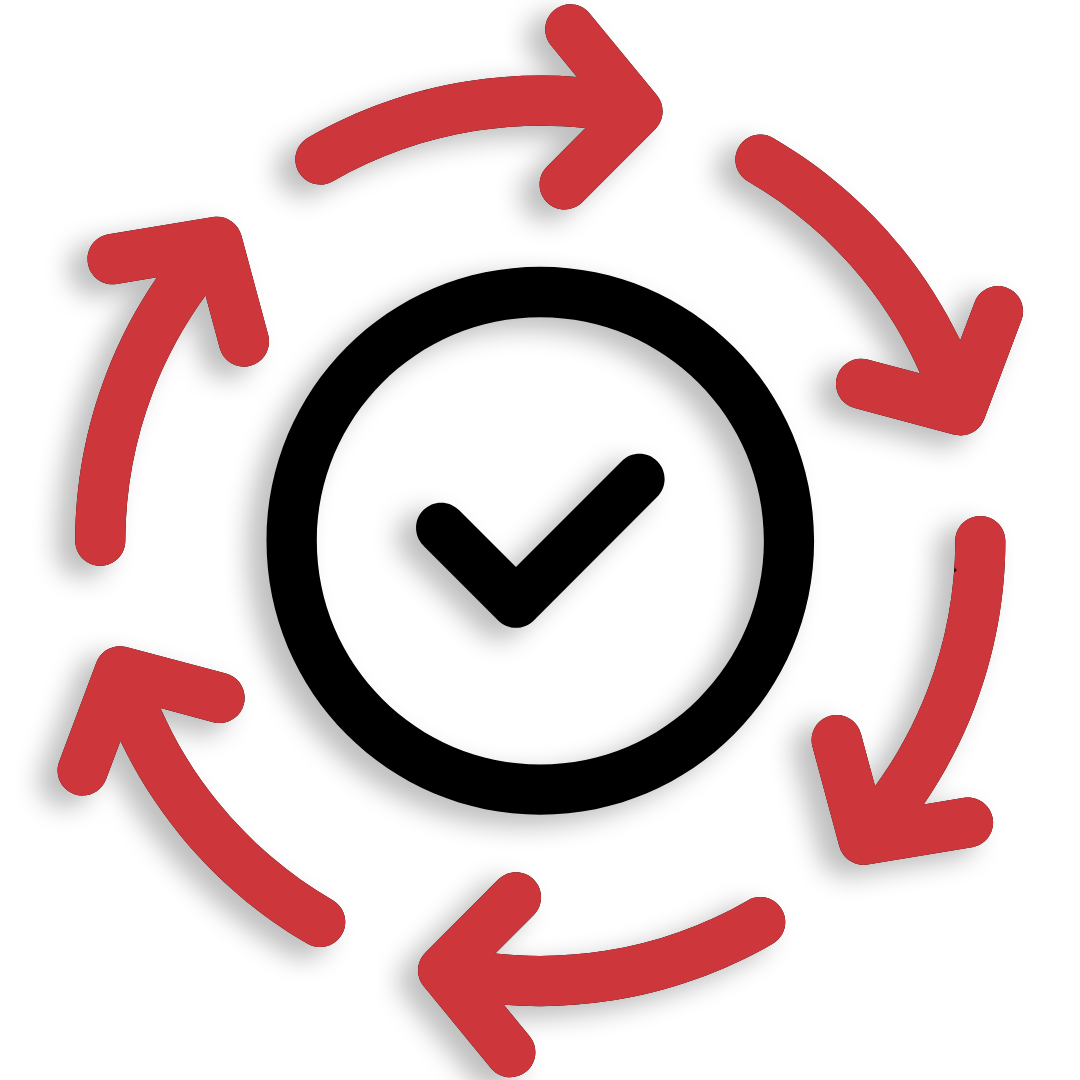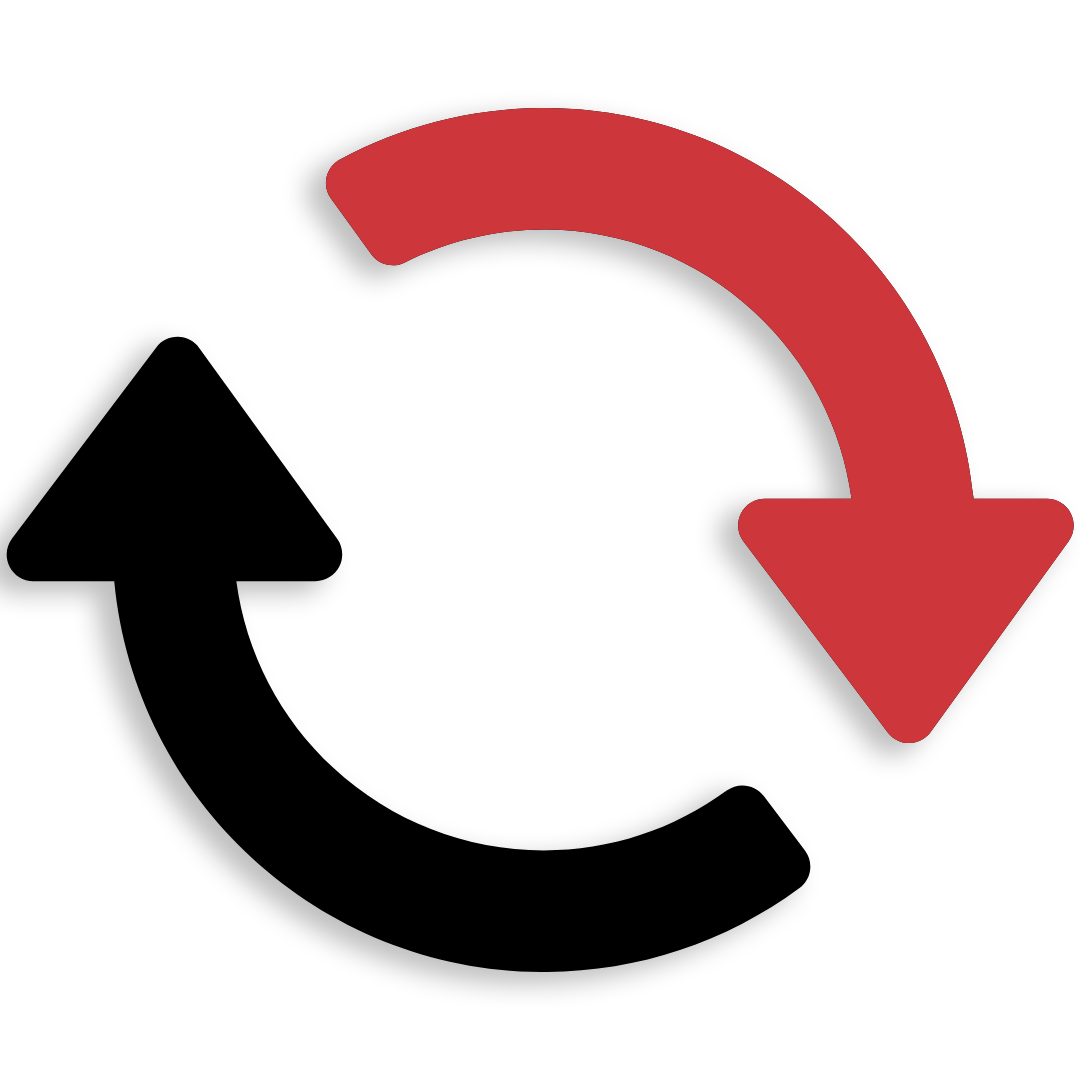The Forecast Layer of the Problem Centric™ Operating System
People We Work With:
Why the Forecast Layer Matters
Forecasting is the ultimate test of a revenue system. It’s where all the work in skills and execution is supposed to roll up into clarity about what business will close, when, and for how much.
But across industries, forecasts are notoriously unreliable. Leaders adjust numbers up and down, sandbagging or inflating. Reps commit deals based on intuition instead of evidence. Managers hold inspection meetings that focus on dates, stages, and activity—but rarely on whether buyers are truly ready to make a decision.
The result? Missed forecasts, wasted investor confidence, and frustrated boards.
That’s because most companies treat forecasting as a math exercise on top of bad inputs. If the Opportunity Layer hasn’t produced decision-grade buyer evidence, the Forecast Layer is operating on hope.
The Forecast Layer of the Problem-Centric OS™ solves that. It turns forecasting into a systematic, evidence-based process anchored in buyer confidence.
The Cost of Getting It Wrong
Forecast misses don’t just bruise credibility—they damage the business.
- Resource misallocation. Over-hiring, overspending, or under-investing because the numbers weren’t real.
- Boardroom erosion. Leadership loses credibility with investors when quarter after quarter the numbers don’t match reality.
- Inefficient pipelines. Reps chase deals that aren’t real, while true opportunities don’t get prioritized.
- Compounding risk. Bad inputs pile on quarter after quarter, creating a cycle of over-optimism followed by missed revenue.
Billions are wasted every year on tools, processes, and reporting designed to “fix forecasting,” but they can’t solve the root problem: a lack of decision-grade buyer evidence flowing into the system.

What the Forecast Layer Is
The Forecast Layer is the evidence filter of the Problem-Centric OS™. It consumes the outputs of the Opportunity Layer (BID, decision criteria, buying process, multi-threading evidence) and tests whether buyers are truly ready to act.
At the center of the Forecast Layer is ASG’s Buyer Confidence Model, built on the 5Cs:
Defines probability of winning.
These four elements are not “gut checks.” They are diagnostic filters applied to the evidence generated in the Opportunity Layer. If a deal fails one or more of the 4Cs, it is not forecast-ready.
Where the Forecast Layer Fits in the OS
- Skills Layer: teaches reps to diagnose problems and build competencies.
- Opportunity Layer: reinforces those skills in live deals and captures buyer evidence (BID, decision criteria, buying process, stakeholder mapping).
- Forecast Layer: validates that evidence through the 4Cs, producing a forecast that reflects reality—not rep hope or manager opinion.
ASG is the only company that ties all three layers into a unified operating system. Forecasting isn’t bolted on at the end. It’s the natural output of connected skills and opportunity execution.

“Before we started working with ASG, our sales cycle was somewhere between nine and 18 months depending on the deal size. When we look at just the first quarter post training, the sales cycle is 89 days.”
Alicia Rasta, EVP and Head of Global Sales – Televerde
What Happens Without It
When the Forecast Layer isn’t built on buyer confidence, you get:
- Missed forecasts. Numbers look good on paper but deals don’t close.
- False confidence. Managers think they have coverage, but the pipeline is full of unvalidated deals.
- Churned credibility. Executives lose trust in the sales org’s ability to predict outcomes.
Reactive firefighting. Leadership scrambles at quarter end, pushing discounts or heroic closes to make up gaps.
How to Assess Your Forecast Layer
Ask yourself: are we forecasting based on buyer evidence or on seller opinion?

Do we apply the 4Cs consistently?
Are Clarity, Control, Consensus, and Change Confidence validated for every forecasted deal?

Is BID informing forecasts?
Do managers have problem, impact, root cause, and buying-process evidence—not just rep promises?

Are decision criteria and buying process validated?
Do we know how the buyer will decide and what steps remain in their process?

Do we have quantitative forecasting criteria?
Are there explicit, measurable checkpoints for what makes a deal forecastable?

Do we track forecast accuracy as a key metric?
Is forecast accuracy measured quarter over quarter and treated as a KPI?

Do we hold people accountable?
Are reps and managers held to account for missed forecasts, or do misses roll on without consequence?

Are we diagnosing symptoms vs. root causes?
When forecasts are wrong, do we assess whether the system is broken (skills not reinforced, evidence not captured) instead of just blaming individuals or CRM hygiene?

Is the system repeatable?
Can every frontline manager inspect deals against the same evidence and confidence model?

The Right Way to Leverage the Forecast Layer
When built properly, the Forecast Layer delivers:
- Accurate forecasts. Anchored in buyer confidence, not gut feel.
- Stronger board credibility. Leaders can defend their numbers with evidence, not narrative.
- Faster velocity. Reps stop wasting cycles on non-viable deals and focus on those with real buyer momentum.
- Lower CAC. Resources get allocated to deals that are more likely to close.
- Cross-functional alignment. Marketing, finance, and operations can plan with confidence because revenue projections are grounded in evidence.
Closing Thought
The Forecast Layer is the truth serum of your revenue system. Without it, forecasts are theater. With it, forecasts become reliable instruments for decision-making.
ASG is the only company that built a Forecast Layer anchored in problem centricity and buyer confidence. We didn’t bolt on reporting tools or pipeline math—we created a systematic way to validate whether buyers are truly ready to act.
Most forecasts are a guess. Ours are built on evidence. That’s the power of the Forecast Layer.
When Every Fix Fails, It’s Time for a System
Let’s talk about how the Problem Centric™ OS can drive predictable growth in your organization.








